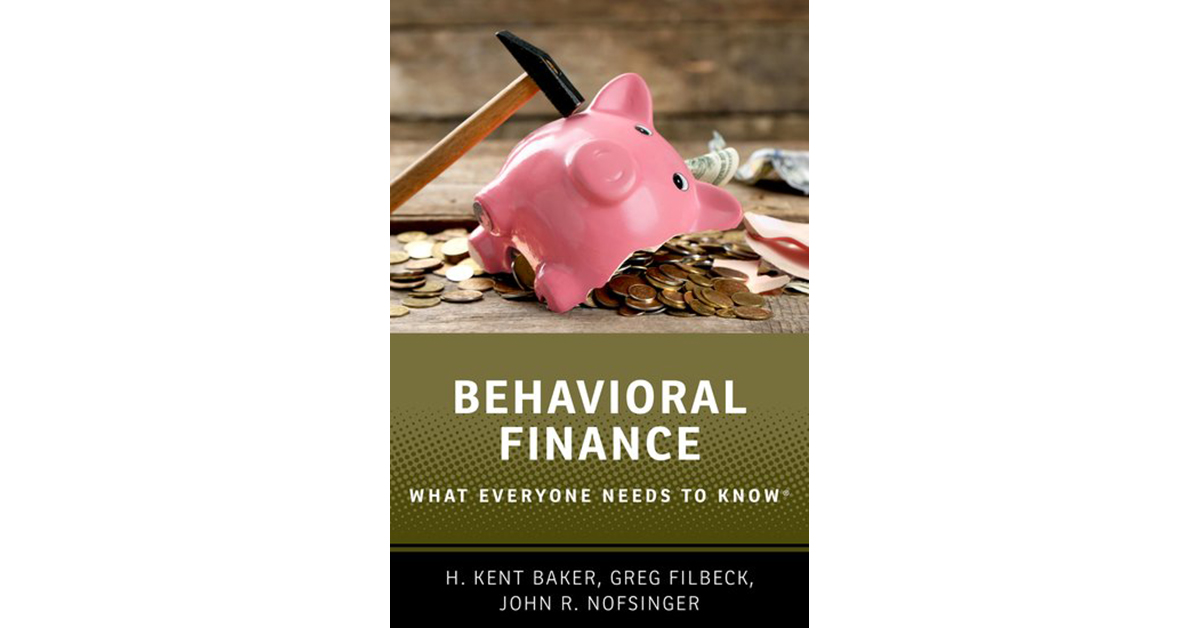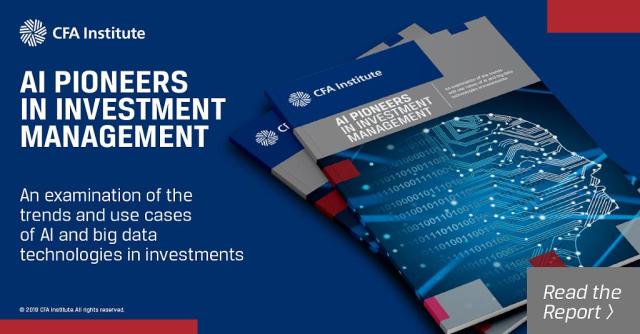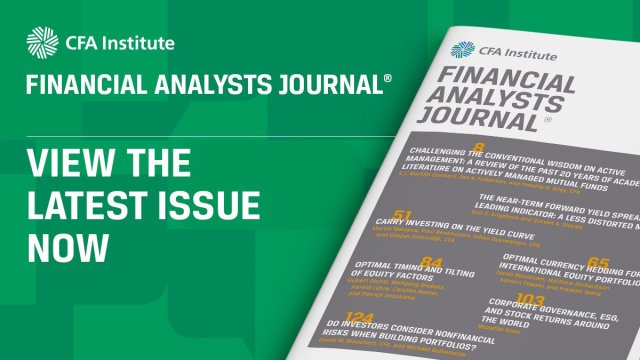[ad_1]
Behavioral Finance: What Everyone Needs to Know. 2019. H. Kent Baker, CFA, Greg Filbeck, CFA, CIPM, and John R. Nofsinger. Oxford University Press.
Behavioral Finance:
What Everyone Needs to Know is both an introduction to and a comprehensive
but compact overview of behavioral finance. To their considerable credit, the
authors do not just define and describe the various behavioral biases the field
has brought to light. Rather, they conclude their discussions of each
particular bias with recommendations on how to guard against, mitigate, or
compensate for it in order to get better results.
The three authors are professors of finance (finance and risk management in the case of Greg Filbeck, CFA, CIPM) at American University (H. Kent Baker, CFA), Penn State Erie (Filbeck), and the University of Alaska Anchorage (John R. Nofsinger). They are much published, have worked together frequently over the years, and share a fascination for the psychology of investing.
Behavioral biases have attracted increasing attention in recent decades. At least four individuals have won Nobel Prizes in Economics for their work in the field — Richard Thaler, Daniel Kahneman, Robert Shiller, and, to some degree, Vernon Smith. Not all of them are economists; Kahneman is a psychologist.
Many industry practitioners have at least passing
familiarity with certain biases, such as loss aversion, framing, prospect
theory, anchoring, and a few other cognitive errors commonly addressed in
financial articles and discussions. Certainly, confirmation bias has achieved
wide currency in the culture and appears in many contexts. The book explains
these and many more: self-serving bias, the bandwagon effect,
better-than-average bias, the endowment effect, and choice supportive bias.
After learning one bias after another, one might reach the
point of asking, “Is it hopeless? Should I just take as given that my brain is
shot through with irrationality and do the best I can?” Kahneman himself is
quoted as saying, “I have 40 years of experience with this, and I still commit
these errors. Knowing the errors is not the recipe to avoiding them.” The
greatest strength of this book is that it does not merely list and describe our
behavioral biases but ends each such discussion with recommendations on how to
combat them. There is hope, and there are things we can do to combat our
biases. But to do so, we need to identify them and understand how they work.
The first chapter lays the foundations. It discusses some of the problems with the traditional model of finance, such as assumptions of efficiency and rationality. The authors note that investors’ “decisions often are impulsive and at odds with rational decision making.” They show how the departures from rationality are harmful to financial decision making, and they explore their implications for investment decisions and portfolio performance. They then review the evolution of behavioral finance and the reasons for its growing acceptance.
The first step in dealing with behavioral biases, say the
authors, is to bring them from the subconscious to the conscious level. For
example, they advise investors to “work with a knowledgeable advisor or an
accountability partner,” “gain training and education about behavioral biases,”
and “follow a disciplined investment process resulting in the development of an
investment plan.” An investment plan “should have built-in accountability
mechanisms with quantitative investment criteria.”
Subsequent chapters discuss the individual behavioral biases in detail. The authors introduce each behavioral bias with a definition. They then explore its psychological origins. Next, they give examples, including specific ways the bias could harm investment decision making and portfolio returns. Finally — and this is the most useful aspect of the book — they provide suggestions on how to minimize its impact.
For example, “One way to combat conservatism bias is to
carefully examine new information to determine its value compared to previous
beliefs.” To reduce outcome bias, “[it is important to] avoid judging a
decision based purely on result, especially when randomness and outside forces
play a role.” For self-control bias, the authors recommend establishing short-,
medium-, and long-term goals as part of a broader investment strategy.
Some suggestions sound like advice from a parent or mentor: For conservatism bias, “Take the time to understand something new or difficult, consult experts if necessary, keep an open mind, and update your prior beliefs if new evidence warrants it.” What a better world it would be if we all took such advice to heart!
After setting forth the foundations in the first chapter,
subsequent chapters divide behavioral biases into categories. The authors have
separate chapters for “cognitive biases,” “emotional biases and social-cultural
influences,” and “investor behavior.” These categories are overlapping, which
gives rise to one of the book’s mild annoyances: There is considerable
repetitiveness in the book, an irritant for those wishing to read through the
book as an integrated narrative rather than a reference. Another chapter
explores development of the “nudge revolution” in finance and how nudges can
improve financial decisions, such as pension plan portfolio selection. The
final chapter, on cognitive ability and finance, reviews such topics as the
effect of aging, sleep (or lack of it), training, and experience on investment
decisions.
The book reads briskly, but some comments are glib to the point of obtuseness. For example, the authors state that “utility theory asserts that no sane individual would play the lottery or gamble with poor odds. Yet lotteries and gambling are widespread.” The remark entirely overlooks utility derived from consumption — the possibility of doing things for fun. Early on, they state that “although history reveals many asset bubbles, bubble production seems to have accelerated sharply. Thus, markets are not only inefficient, but also appear to be showing greater inefficiency than in the past.” Has this been credibly demonstrated? The footnote references a 15-year-old Financial Times article, which is hardly dispositive. However, these are minor points.
Behavioral Finance is a compact and useful overview of this important, comparatively new sub-field of finance and an excellent resource for practitioners wanting to refresh or deepen their understanding. At the very least, understanding the principles of behavioral finance will drive home the need for practitioners to adopt more rigorous processes, work more analytically, and take nothing for granted.
If you liked this post, don’t forget to subscribe to the Enterprising Investor.
All posts are the opinion of the author. As such, they should not be construed as investment advice, nor do the opinions expressed necessarily reflect the views of CFA Institute or the author’s employer.
Professional Learning for CFA Institute Members
CFA Institute members are empowered to self-determine and self-report professional learning (PL) credits earned, including content on Enterprising Investor. Members can record credits easily using their online PL tracker.
[ad_2]
Image and article originally from blogs.cfainstitute.org. Read the original article here.



